
The Chemical History of A Candle
'The Chemical History of A Candle' Summary
The lectures described the different zones of combustion in the candle flame and the presence of carbon particles in the luminescent zone. Demonstrations included the production and examination of the properties of hydrogen, oxygen, nitrogen and carbon dioxide gases. An electrolysis cell is demonstrated, first in the electroplating of platinum conductors by dissolved copper, then the production of hydrogen and oxygen gases and their recombination to form water. The properties of water itself are studied, including its expansion while freezing (iron vessels are burst by this expansion), and the relative volume of steam produced when water is vaporized. Techniques for weighing gases on a balance are demonstrated. Atmospheric pressure is described and its effects demonstrated.
Faraday emphasizes that several of the demonstrations and experiments performed in the lectures may be performed by children "at home" and makes several comments regarding proper attention to safety.
The lectures were first printed as a book in 1861.
In 2016, Bill Hammack published a video series of the lectures supplemented by commentary and a companion book. Faraday's ideas are still used as the basis for open teaching about energy in modern primary and secondary schools.
Book Details
Language
EnglishOriginal Language
EnglishPublished In
1861Authors
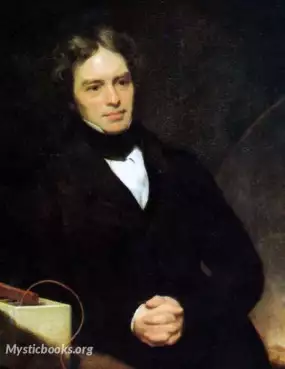
Michael Faraday
England
Michael Faraday was an English scientist who contributed to the study of electromagnetism and electrochemistry. His main discoveries include the principles underlyin...
Books by Michael FaradayDownload eBooks
Listen/Download Audiobook
- Select Speed
Related books
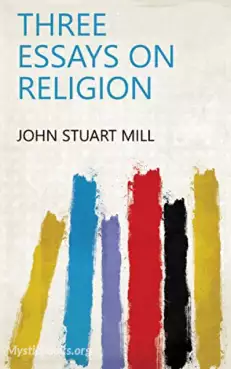
Three Essays on Religion by John Stuart Mill
In this essay, Mill argues the idea that the morality of an action can be judged by whether it is natural or unnatural. He then lays out the two main...
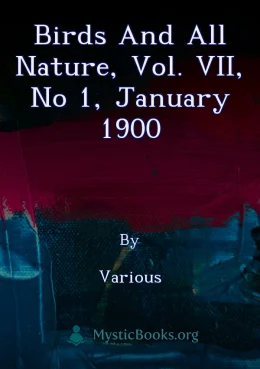
Birds and All Nature, Vol. VII, No 1, January 1900 by Various
This volume of *Birds and All Nature* presents a collection of short poems, stories, and concise descriptions focusing on various aspects of the natur...
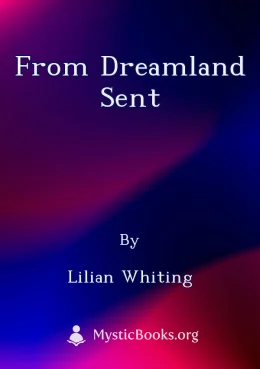
From Dreamland Sent by Lilian Whiting
'From Dreamland Sent' is a collection of poems by Lilian Whiting, a prominent American writer of the late 19th century. The poems explore themes of l...
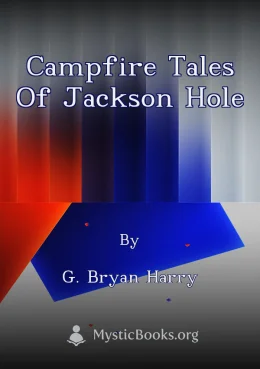
Campfire Tales of Jackson Hole by G. Bryan Harry
Campfire Tales of Jackson Hole is a collection of tales about the fur traders and mountain men who explored Yellowstone, Jackson Hole, and the Teton M...
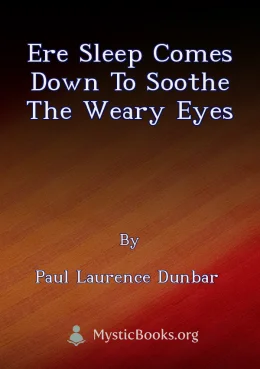
Ere Sleep Comes Down to Soothe the Weary Eyes by Paul Laurence Dunbar
"Ere Sleep Comes Down to Soothe the Weary Eyes" is a collection of poems by Paul Laurence Dunbar, one of the most important African-American poets of...
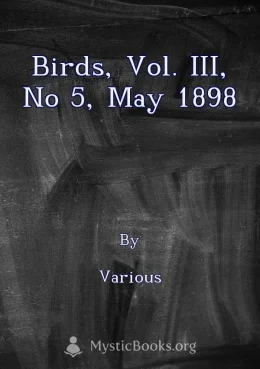
Birds, Vol. III, No 5, May 1898 by Various
This book is a collection of articles, poems, and color plates about birds. It was published monthly from 1898-1907 by the Nature Study Publishing Com...
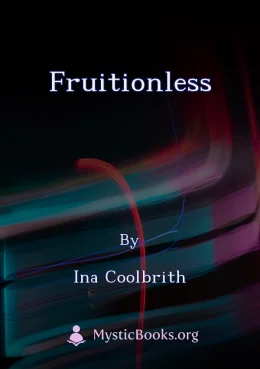
Fruitionless by Ina Coolbrith
Fruitionless is a short, wistful poem by Ina Coolbrith. It captures the vibrant activity and joy of nature, particularly focusing on the work of flowe...

An Essay on the Principle of Population by Thomas Malthus
The book An Essay on the Principle of Population was first published anonymously in 1798, but the author was soon identified as Thomas Robert Malthus....
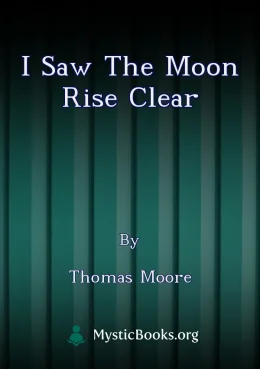
I Saw the Moon Rise Clear by Thomas Moore
“I Saw the Moon Rise Clear” is a collection of Thomas Moore's poetry, showcasing his lyrical and romantic style, known for its evocative imagery and t...
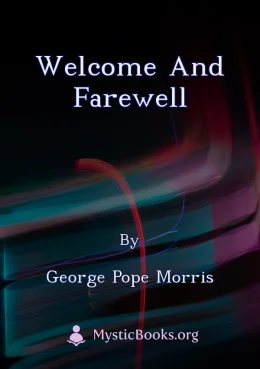
Welcome and Farewell by George Pope Morris
This book, "Welcome and Farewell" by George Pope Morris, is a compilation of the poet's work, reflecting his diverse interests and experiences. The c...
Reviews for The Chemical History of A Candle
No reviews posted or approved, yet...